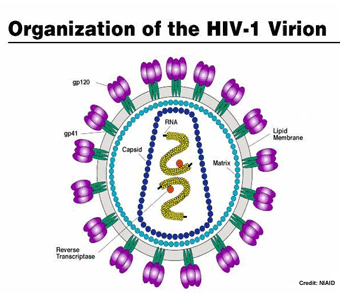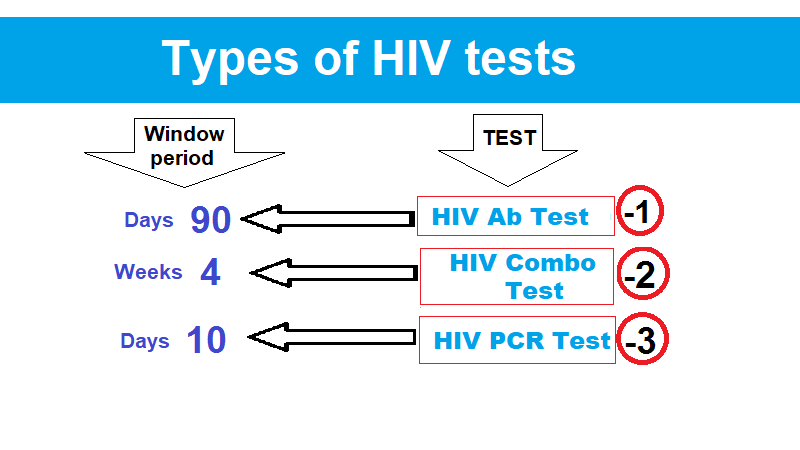
The HIV virus is classified into subtypes, with each one accounting for up to 50% of all infected people. Most cases of this disease are seen in the subtype C, which is predominant in Southern Africa. This strain also infects a large number of people in Central Africa, especially Cameroon. Due to population mixing and migration, the global distribution of HIV subtypes is continually changing. It is important to know what subtype you have, so that you can properly treat yourself and your loved ones.
Group M is the most common type of HIV. About 90% of HIV infections cause HIV/AIDS. Its origin is Leopoldville, a former Belgian Congo town. SIVcpz is a subtype that affects chimpanzees. These two types of HIV are called circulating recombinant forms, because they are derived from recombination between the subtypes and are given numbers based on their emergence.
The Not-M group contains nine named strains of HIV. There are also sub-strains of HIV-1. Scientists are constantly discovering new strains. The B and C strains are the most common in the U.S. and the rest of the world, but researchers are not doing much research on them. Antiretroviral drugs that work for the B strain also work for the other three. This is a good thing for you if you are suffering from HIV-C.
HIV types A, B and C are the three main groups of HIV-1. They are both responsible for causing AIDS. The M-type is a chimpanzee-specific virus that was introduced to humans through zoonotic transmission events. The N-type is a non-M, non-O virus. The N-type is the most common type. These subtypes differ in geographic distribution. They are usually present in immigrants from African countries.
The O and N groups of HIV are the two most common types of HIV-1. Both types can lead to AIDS. Neither type is more prevalent than HIV-2, although both are highly infectious. While HIV-1 is the most common form, both can cause the disease. However, the O group is less virulent. It is more difficult to spread and less deadly than HIV-2. The virus has several subtypes. The latter has been found to be a factor in the spread of the virus around the world.

There are two main types of HIV. The first is known as HIV-1B. This type is more common in West Africa. The other is known as HIV-2C. Symptoms and risks associated with both types are similar. The disease can be passed between partners through heterosexual sex. The P group is often the most prevalent of all HIV types. It is present in more than 100 countries. It is primarily found in West Africa, but is spreading throughout the world.
HIV-1 is subdivided into M, N, and O-types. The M type is most common in humans. It is divided into four subtypes, including B, D, and E. Each subtype has many subtypes, including different variants. Among the three, M is the most widespread and is also the least common. While the O group is the most common, HIV-1 is not the only type.
The P and M groups have different subtypes. HIV-1 and HIV-2 have different subtypes, but they have some similarities. In general, both subtypes can lead to AIDS, but HIV-2 is less common. Both types are difficult to transmit and less dangerous than HIV-1. There are also subtypes of HIV-2. As the HIV epidemic spreads around the world, new subtypes will be discovered. The site https://truthinhealthcare.org/ states that there is no single form of HIV, but researchers have classified them as M and O.
Despite differences in the types of HIV, the two most common forms are the same. However, there are differences between them. Type M is more common and is often used in HIV testing to determine a person’s HIV status. Those who have been infected with HIV have a high chance of getting AIDS because they tend to have a more aggressive immune system. At the same time, two O-type viruses are rarely fatal.
The two HIV subtypes, B and C, differ in geographic distribution. These subtypes have different geographic distributions. Subtype B is the most common and dominant type in Europe and America. Subtype C is most common in South Africa, while subtypes G and H are less common. Both groups have different antigens and they are indistinguishable. If you have clinical signs of HIV infection, you should be tested.

Be First to Comment